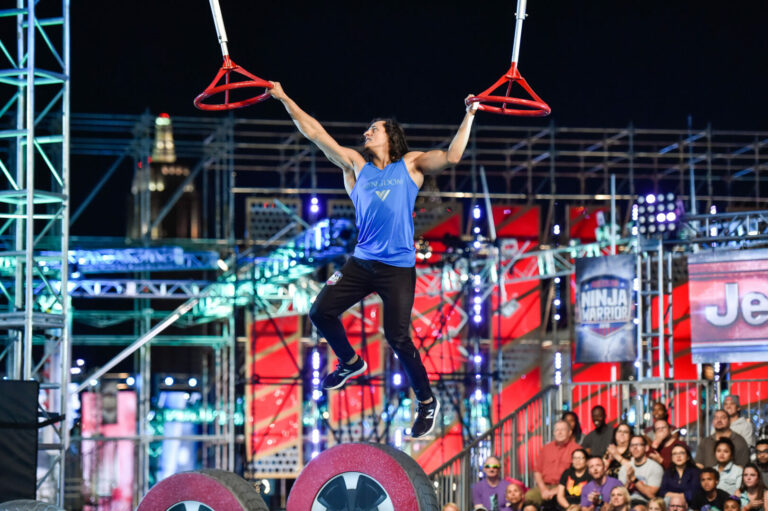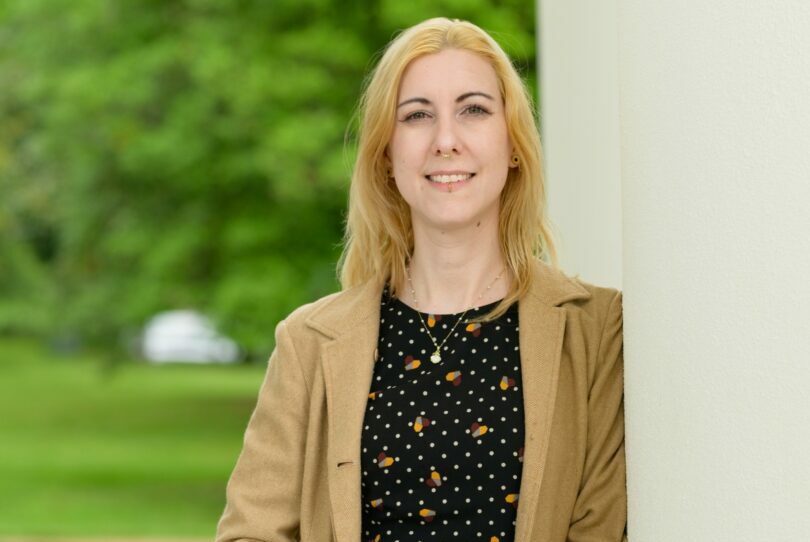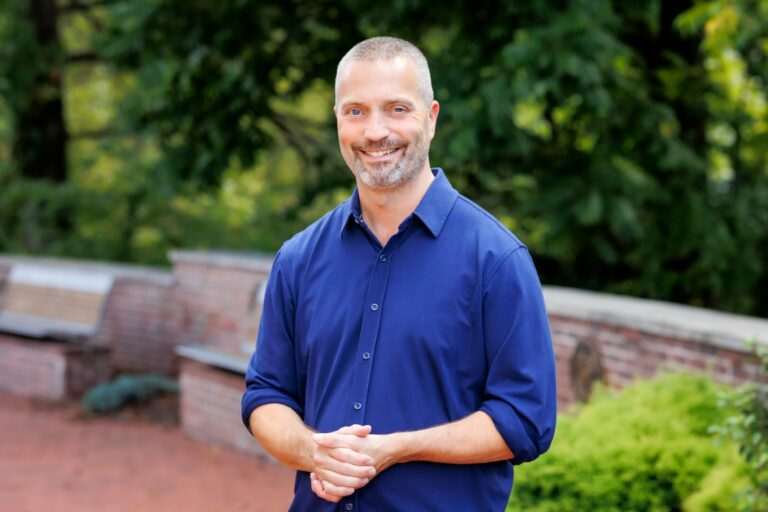We caught up with the brilliant and insightful Niceli Portugal a few weeks ago and have shared our conversation below.
Niceli, so good to have you with us today. We’ve always been impressed with folks who have a very clear sense of purpose and so maybe we can jump right in and talk about how you found your purpose?
My journey to find purpose has been long and deeply informed with experiences as an immigrant. Born and raised in Peru, where I initially studied Psychology and didn’t see a clear path ahead. It wasn’t until I arrived in NYC and became undocumented that I began to understand the deeper ways in which I could serve and create community. Working in a restaurant alongside newly arrived immigrants, I found myself connecting with people who shared similar struggles like accessing healthcare and continuing education. In community I found encouragement navigating a world where we were often invisible and our voices unheard. It was during this time that I realized the power of shared experience and the strength found in community.
I pursued studies in bilingual education, aiming to protect and advocate for newly arrived families facing the barriers I overcame in the education system. I understood that education was not just a tool for academic achievement, but a means to empower marginalized voices and protect cultural identities. This commitment to education eventually led me to become a museum educator, where I sought ways to invite families into spaces that had traditionally felt inaccessible or alienating.
As I worked in museums, I began to explore how art could bridge these divides; transforming spaces of exclusion into platforms for amplification and dialogue. I realized that art has the power to strengthen communities, reflect their experiences, and give voice to those often silenced. My work now revolves around not only creating art but using it as a tool to amplify the stories, struggles, and triumphs of immigrant communities, creating intergenerational and multicultural spaces to create art collectively advocating for inclusion and social change. During the pandemic, after becoming unemployed, I remained dedicated to supporting immigrant communities by leading Escuelita en Casa, an international initiative born out of the crisis. The project connected educators with families
across the U.S. and Latin America, providing free tutoring and art classes. This experience not only reinforced my commitment to education and community but also served as a turning point in launching my art career. Through Escuelita en Casa, I had the opportunity to collaborate with fellow artists and institutions, expanding my creative practice while continuing to advocate for access to education and the arts. Four years after and counting, I had the opportunity to visit schools in Colombia through this program.
In addition I am the Education Coordinator at Materials for the Arts, a reuse center part of the New York City Department of Cultural Affairs where I focus on sustainability and art integration. I have created educational programs for the Guggenheim Museum, Sugar Hill Children’s Museum of Art & Storytelling, American Folk Art Museum and the Queens Museum where I was the Lead Artist and Coordinator of Family Programs. My purpose as both an artist and an educator has evolved into a lifelong commitment: to use my platform and my craft to advocate for visibility, dignity, and the rights of the most vulnerable in our communities to build a safe future for everyone.

Let’s take a small detour – maybe you can share a bit about yourself before we dive back into some of the other questions we had for you?
My work now is focused on addressing the injustices faced by immigrant communities, especially in New York. Besides my experience as an undocumented immigrant in the U.S., my upbringing with the Andean worldview, emphasizes the strong connection between humans and nature. Through my art, I want to spark conversations about belonging and mutual care in a world that often fragments communities. My practice revolves around four main pillars: immigration & education, feminism, community building, and sustainability.

There is so much advice out there about all the different skills and qualities folks need to develop in order to succeed in today’s highly competitive environment and often it can feel overwhelming. So, if we had to break it down to just the three that matter most, which three skills or qualities would you focus on?
Looking back on my journey, three qualities that have been most impactful in shaping my path are adaptability, empathy and critical optimism. As an immigrant, navigating a new system and uncertainty taught me to approach challenges creatively and analyze possible outcomes, constantly adjusting to new circumstances. My experiences with the US immigration system have allowed me to create inclusive, culturally sensitive spaces where individuals feel heard and valued, demonstrating the transformative power of empathy in my work. I focus on the bigger picture, using art as a tool for collective progress while analyzing and challenging current systems to help build a safer, more inclusive future for all.

Looking back over the past 12 months or so, what do you think has been your biggest area of improvement or growth?
2024, marked three years since I launched my art career. During this time, I’ve felt the need to create alternative forms of management outside traditional cultural institutions to address the needs of immigrant communities. Most of my projects have been self-managed, often through collectives or independently. This process
has been a personal challenge, as balancing collective work with other artists has raised questions about my role within communities and shared goals.
This search for answers and alliances led me to participate in the Winter Solstice Laboratory (“Work, Creation, and Memory or How Life is Communally Reproduced”), organized in Guatemala by Proyecto Parutz and curated by Gladys Tzul Tzul. During walks, celebrations, theoretical discussions, and practical workshops, I found myself surrounded by artists and researchers exploring how art can serve as a catalyst for knowledge and centering comunal work as a force within communities. We discussed the role of communal work as a force for political and social change, while also questioning the theoretical distinction between the collectives and the communities.
Currently, I’m working on my first publication of Walking Feelings, a visual art project that has brought communities together to create participatory murals inspired by Claude Monet’s Waterlilies in New York, Colombia, and Athens since 2021. The focus of the publication is on self-management of artistic projects and the commitment with communities, beyond the final result.
Contact Info:
- Website: https://niceliportugal.com/
- Instagram: https://www.instagram.com/niceliportugal/
- Facebook: https://www.facebook.com/niceteocurra
- Linkedin: https://www.linkedin.com/in/niceli-portugal-0b008150/
- Youtube: https://www.youtube.com/@escuelitaencasa984


Image Credits
All the credit for the images goes to Neil Constantine
IG @neilconstantine
so if you or someone you know deserves recognition please let us know here.




